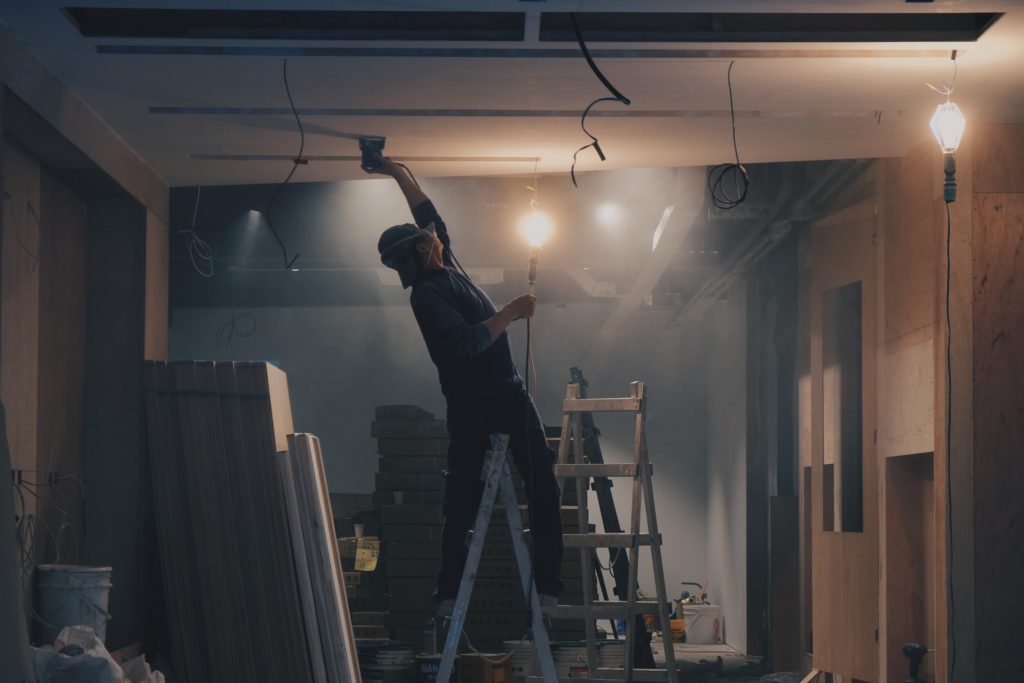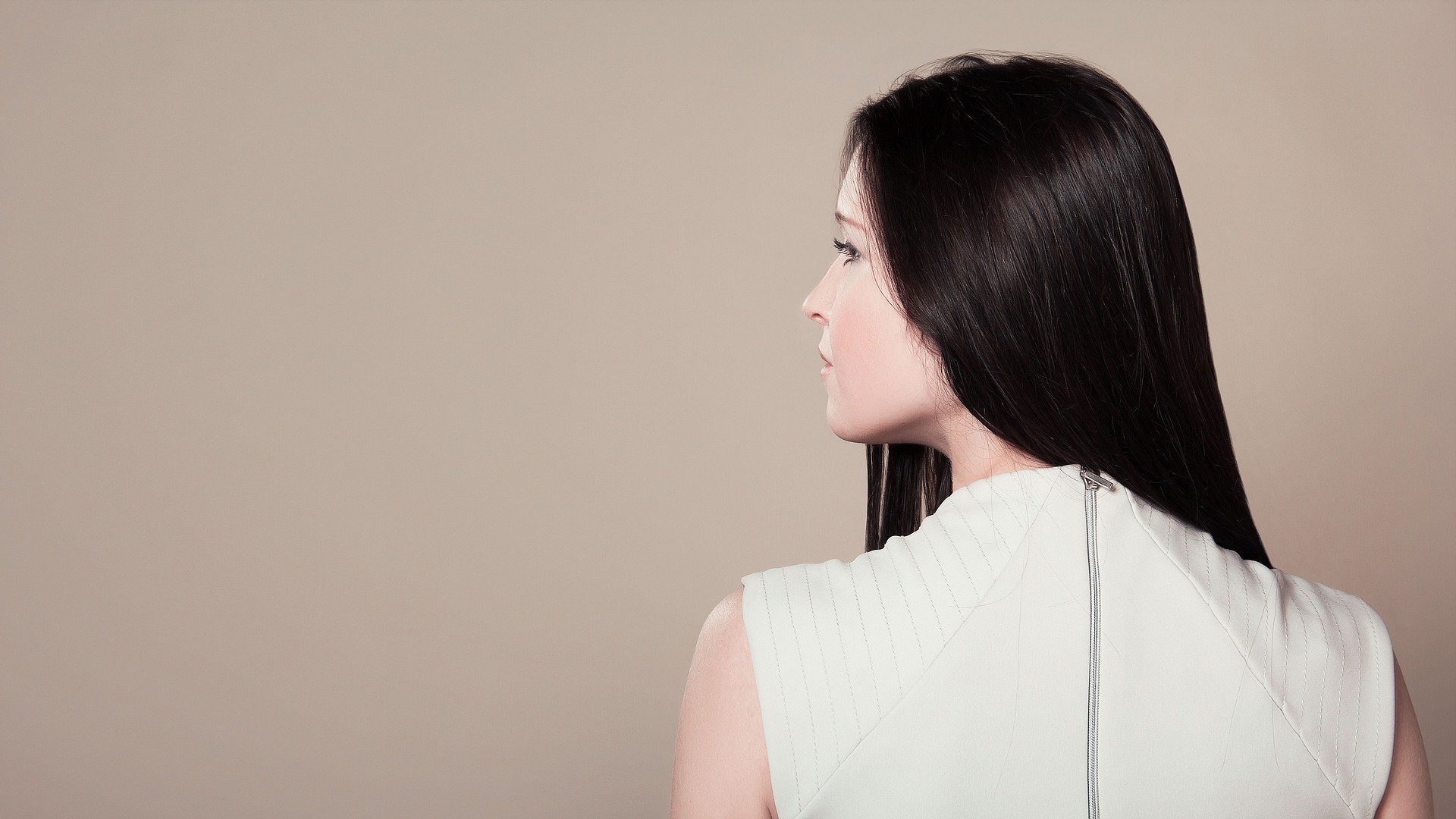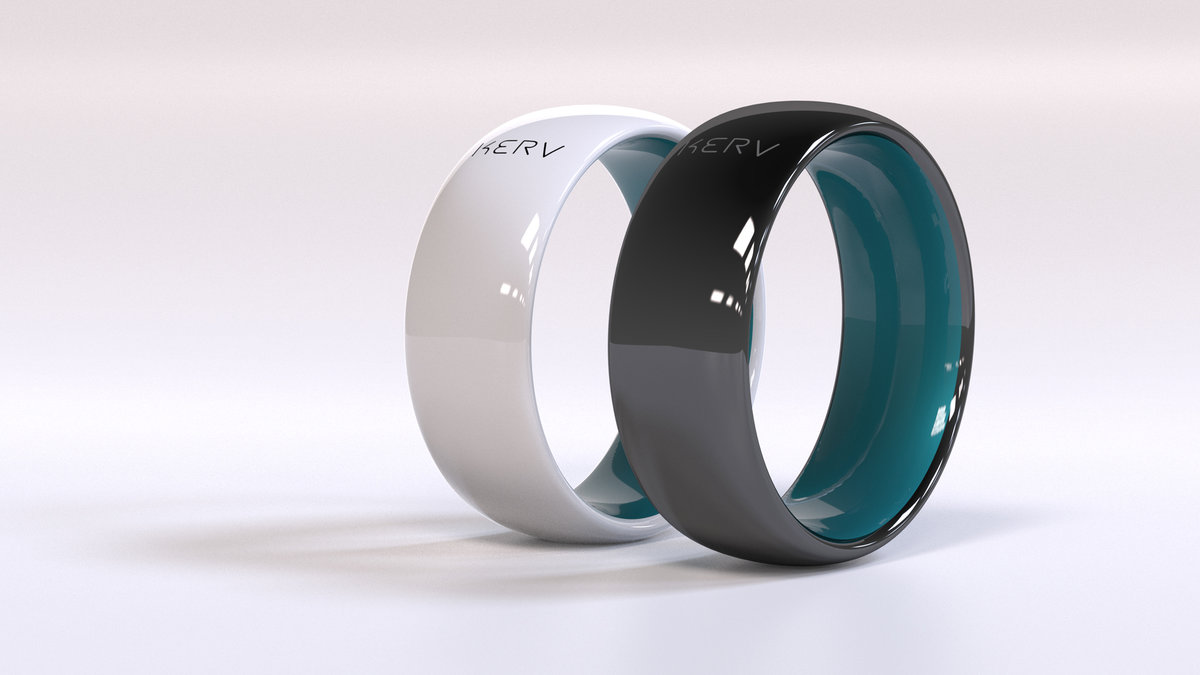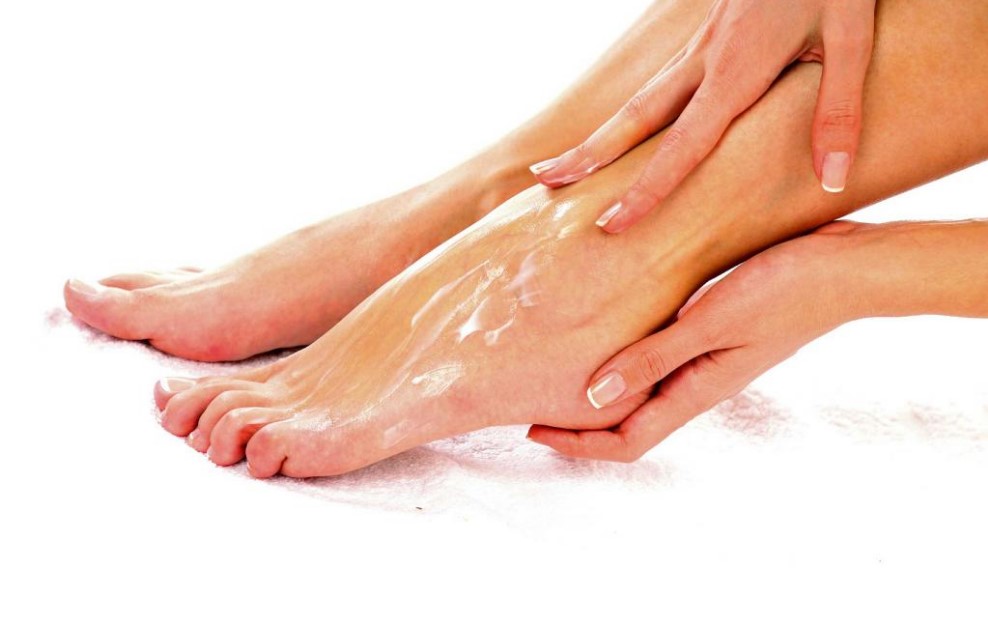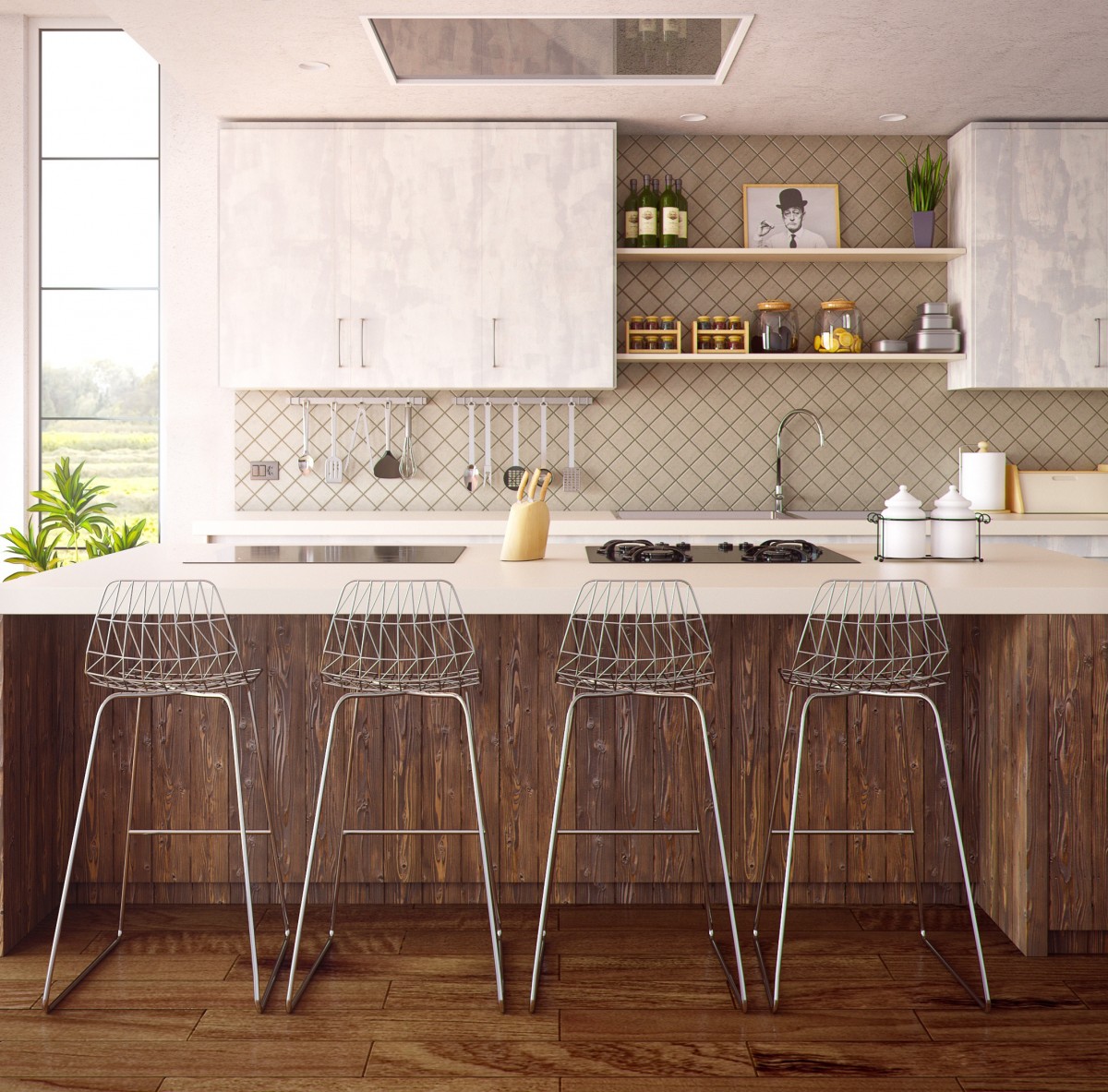Rating of the best ceiling adhesives for 2025

It is believed that finishing the ceiling is not particularly difficult even for amateurs, but before starting work, a fair amount of preparation will still be required. First you need to level the surface, purchase facing materials and choose a ceiling adhesive. The choice of the latter will directly affect the durability of the coating, the adhesion strength and the overall integrity of the decor, because the presence of caustic elements in the structure of the composition can destroy the lining.
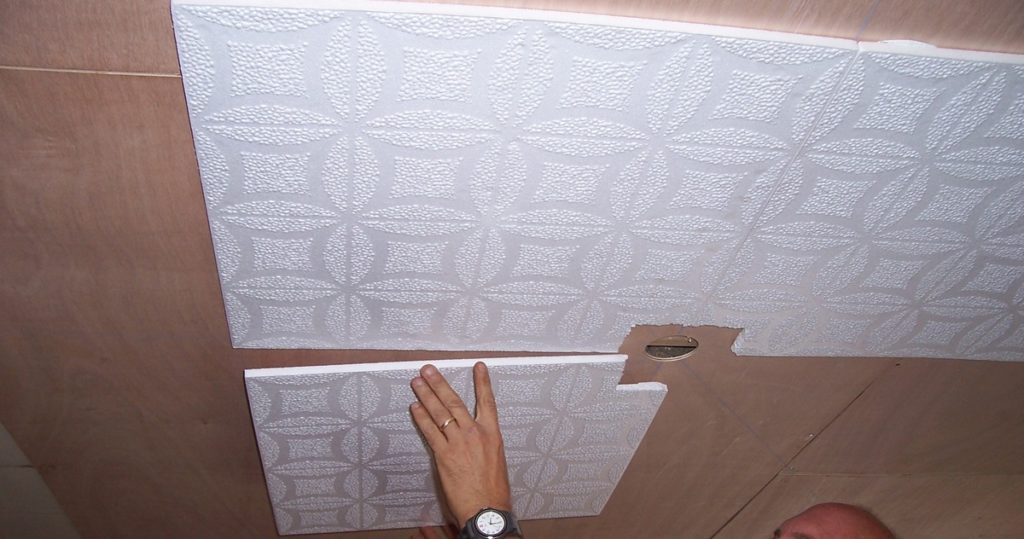
Content [Hide]
Requirements for ceiling adhesive and tiles processed by it
The standard specifications for an adhesive mixture are as follows:
- Lack of solvents - even a small dose of solvent will easily damage the expanded polystyrene and simply will not fix such a tile on the ceiling, and may even spoil it altogether, making the tile module unsuitable for further use.
- Adhesion quality - the requirement is the degree of reliability of the adhesion of the composition to the ceiling surface. At the same time, the adhesive must successfully support the weight of the tile module and not allow it to come off the treated base.
- Viscosity level - it means the proper density of the working mass. In cases where it turns out to be too liquid, the layer on the base will be distributed extremely unevenly, which, in turn, will affect the strength of the joint.
- Curing time - it is with the ceiling lining that the drying time of the glue affects "in the brightest light". If the hitch does not happen very quickly, then it will be very problematic to fix the attached module. Thus, ceiling adhesives should harden as soon as possible.
Most often, three main types of tiles are used to finish the ceiling:
- Extruded - it has increased sound absorption properties and guarantees good strength. Its outer side is treated with a special protective composition, through which a shielding layer is created. Accordingly, such tiles are easy to clean and do not undergo gradual destruction when they are in rooms with high humidity.
- Injection - its modules undergo heat treatment during the manufacturing process. By including this manufacturing step, the strength properties of the module are increased and it can successfully absorb external sound vibrations.
- Pressed - as the name implies, these tile modules are made by pressing. Polystyrene granules are exposed to high pressure, as a result of which a monolithic product is formed. Pressed variations are the cheapest, therefore they are not very reliable and have good sound insulation.
Practice shows that, based on the light weight of the modules and their inexpensive cost, buyers prefer to choose budget or the first available options. However, in order to correctly select the right tile, it is necessary to find out the possibility of bonding it to the planned ceiling surface, and also take into account what type of adhesive will be used.
Modern types of adhesive for ceiling work
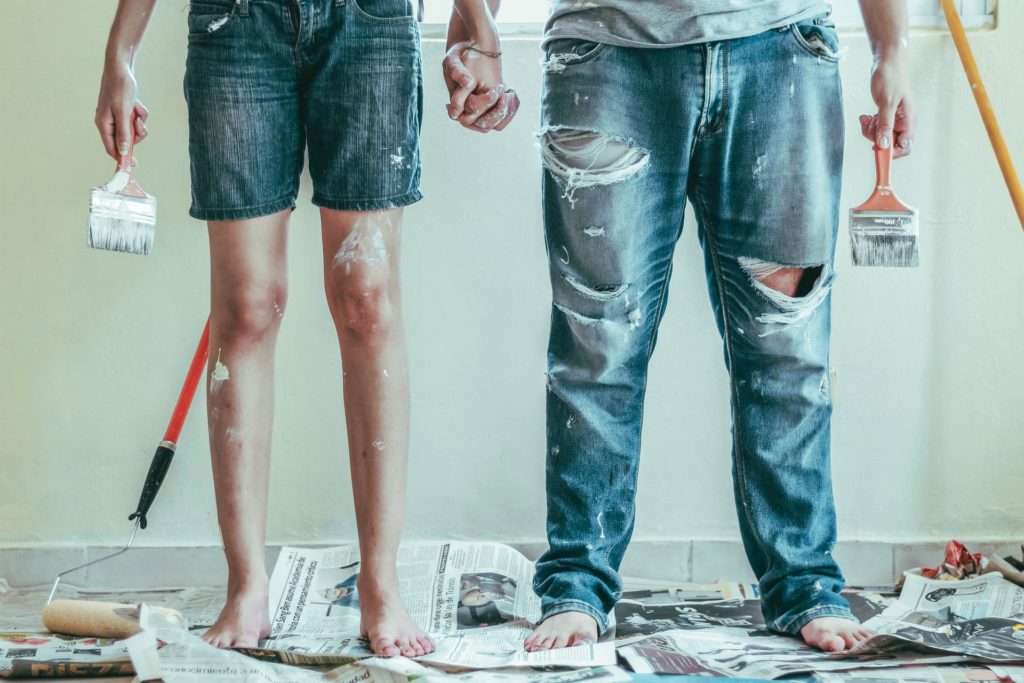
Any room can be decorated with ceilings, therefore, the operating conditions in it may vary. If the room assumes the constant presence of high humidity conditions, then the ceiling decoration in it must be done with a special composition. If the room is permanently dry and warm, then it is possible to use a different type of adhesive for ceiling tiles in it.However, it is worth remembering that with an increase in the percentage of humidity, the adhesion can instantly collapse. The modern market offers about a dozen main types of glue for ceiling cladding:
- "Liquid nails" - they have gained great popularity due to their connecting properties, with its help an increased level of adhesion is attached to the objects being glued. They freeze quite quickly, which simply speeds up the entire workflow and can be used for almost any reason. At the same time, they can play the role of a trowelling material when filling cracks. However, it is preferable to apply these “nails” with a special gun, where a tube with a mounting agent plays the role of a clip.
- Universal - able to work well on the vast majority of surfaces, has normal viscosity, has a rather small consumption of its volume when performing work. Most often, before the final solidification, it emits pungent unpleasant odors, and at the end of the working process, the room will have to be ventilated for a long time.
- Polyvinyl acetate - this category includes bustilate and PVA. This type is good because it has practically no unpleasant odor, it can work on different types of bases. However, its consistency is characterized by increased fluidity, which means that it is necessary to monitor the uniformity of the applied layer, and this leads to an increase in the consumption of the substance. The whole workflow will take a lot of time, the adhesion itself will also not occur very quickly (most likely, even some manual holding of the tiles on the ceiling will be required).
- Acrylic putty - it has a fairly viscous structure with good adhesive properties.It is recommended exclusively for gluing light tile modules (for example, pressed), it is simply not suitable for more massive options.
IMPORTANT! When laying tiles on the ceiling, it is necessary to calculate in advance the required volume of the fixing agent and how it should be distributed over the surface. To do this, calculate the total area of \u200b\u200bthe ceiling and find out the consumption of glue per unit area, which is indicated in the instructions for it. In any case, for safety net, you need to add at least 5% to the result obtained.
Features of mounting ceiling tiles with glue
Pasting methods
Depending on the type of adhesive used, the methods of applying it will differ:
- For aerosol compositions - the substance is sprayed onto the inside and the ceiling lining, after which you should wait a little until the solvent disappears from the applied layer. Next, the tile is pressed against the base and briefly fixed. The final bonding will be completed in a day. It is worth noting that not all compositions are guaranteed to achieve full adhesion even after 24 hours, therefore it is better to choose a proven composition of a well-known brand, the more reliable its result will be.
- For thermally activated compositions, the sticker will be somewhat more difficult, and the use of a building hair dryer will be required. The composition must be applied to both surfaces to be glued with a spray gun. In the absence of a sprayer, you can use a roller or brush. The main thing is to get a thin and uniform layer. In this case, it is forbidden to allow excessive impregnation of the tile. Professionals suggest applying glue to the module in five layers, with each layer applied only after the previous one has dried. Then the tile module is attached to the ceiling, where its specific area is also covered with glue.Due to the fact that the layers have already dried both on the module and on the surface of the ceiling, there is no immediate adhesion, which gives the master the opportunity to correct the location of the tile as evenly as possible. After installing the module in the desired position, the glue must be activated, that is, heated, for which a building hair dryer is used. Warming up is carried out until a tactile sensation of melting of the adhesive layers and a feeling of stickiness appear. Then, the module is fixed on the ceiling with a simple push. Hold the pressure until the glue has cooled and both surfaces are connected. This method of finishing will, of course, take a lot of time, but it will be as accurate and accurate as possible. When working, in order not to burn your hands while using a hair dryer, you should use a special thermal glove. The advantages of this method include the fact that if bumps are found that occur when applying too thick layers, they are very easy to remove - you just need to reheat this area again, and remove the melted excess glue with a regular rag.
IMPORTANT! Before starting any ceiling finish, it is preferable to check in advance the quality of adhesion of the adhesive mixture on an inconspicuous area of the base. This way you can find out the quality of the adhesive holding the module under the influence of gravity and its compatibility with the ceiling.
Preparatory work
- You must first measure and cut the desired tile module. Then it needs to be adjusted to each specific section of the base and plan the gluing process (take into account all the bends, turns and angles in the area that can affect the gluing interval).
- Both the ceiling and the inside of the tile must first be cleaned.
- Smooth plastic bases must be initially cleaned with fine-grained sandpaper (100 grit), which will provide improved adhesion.
- All work surfaces must also be degreased with a thinner cleaner.
- If it is supposed to be processed on plastic marked PP / PE, then before applying the composition, it is required to wipe the plastic with anti-silicone and plastic primer so that the glue does not peel off from the base.
- If the ceiling is being prepared for hauling, then it is forbidden to use acetone. If, nevertheless, a solvent is used, which contains acetone, then before starting the redrawing, it is necessary to allow the surface to dry completely for several hours (usually 2-3 hours is enough). In situations where the use of SAR-type adhesive is required, a Molecule-type thinner-cleaner will simply be needed, because otherwise, during high-temperature processing, acetone vapor will penetrate into the constriction and provoke the destruction of the upper layers.
- If there is already an old layout on the ceiling, then its dismantling is at the discretion of the owner. Modern adhesives may allow new tiles to be glued directly on top of the old.
Correction of possible shortcomings
In a situation where the finishing panels are too thin, and the adhesive has a pronounced color tint (i.e. it is not transparent and not white), the adhesive layer will sooner or later come through the tile. This problem can be eliminated only by painting the outer surface of the panel. In any case, it is better to choose a mixture with neutral shades.
Melts and compounds are most prone to yellowing over time. These include most samples of the brand "Moment" from "Henkel" (this composition was never originally Russian development and was produced in the USSR under license). From this it is clear that it should be used only on dense tiles.If we talk about the possibility of coloring the front tile part, it is best to decorate with stamped variations, which are preferably painted with water-based compositions. But in no case should injection panels be painted with solvent-based compounds. If the finishing work is carried out using foam laminated modules that already have a decorative coating, then the fixing mixture can be of any color, because the external pattern will mask all defects.
Difficulties of choice
Ceiling tiles are designed not only to visually decorate the surface in the room, to give it a complete look, but also to hide possible construction errors and even the curvature of the ceiling. With a huge variety of adhesives on the domestic market, only a few fully meet all the requirements and can provide a long-term result. When selecting the considered mounting material, it is necessary to take into account the following properties:
- Ease of application;
- Strength;
- Drying speed;
- Presence/absence of pungent odors;
- Ability to work on certain materials.
It is always worth remembering that if it is not possible to find special glue in retail, then it is allowed to use universal options. In any case, the main principle of selection is the ability of the mixture to work on specific types of bases. If the selected product in its documentation indicates the possibility of using it on gypsum, wood, PVC, polystyrene foam, polystyrene foam and polyurethane, then in most cases it will be suitable for ceiling cladding.
Rating of the best ceiling adhesives for 2025
Budget segment
3rd place: "Ultima 301 acrylic, tube, white, 250g, box ADHES30120"
votes 0
The product is intended for ceiling decoration and gluing of foam panels. It is designed to provide reliable attachment to various surfaces (wood, chipboard, fiberboard, plywood, drywall, cork, concrete, plaster, cement, brick). This solvent-free acrylic compound is suitable for gluing ceiling/wall panels, decorative interior elements, and floor coverings. The product is non-toxic, fire and explosion-proof, after hardening it creates an elastic joint, which can be sanded and painted. The recommended cost for retail chains is 206 rubles.

- Reliable adhesion;
- Solvent free;
- Ability to work with both ceiling and floor.
- Small volume.
2nd place: "VGT 0.5 kg cartridge 11604892"
votes 0
This product is designed for gluing polystyrene and polyurethane coatings on ceilings and walls. It can be used as a finishing putty, as well as for fixing tiles. Composition - acrylic, quantity of components - 1, curing conditions - air humidity, consistency - gel. Bonded materials: wood, concrete, brick, plaster, glass. The recommended price for retail chains is 219 rubles.

- Work on ceilings and walls;
- Affordable price;
- Orientation for small partial repairs.
- Small container volume.
1st place: "TriS GFIX Force KS09"
votes 0
The product is suitable for gluing surfaces made of concrete, plaster, chipboard and wood. It is characterized by ease of application - a spout is provided for a comfortable and uniform distribution of the product over the base.The setting of the mass occurs 5-10 minutes after application. The composition is safe for the respiratory system and human skin. Composition - polyvinyl acetate copolymers, base - polyvinyl acetate, number of components - 2, curing conditions - oxygen, color - transparent. The recommended cost for retail chains is 365 rubles.

- Two-component composition;
- Transparent color;
- The simplest curing conditions.
- Not detected.
Middle price segment
3rd place: "HVAT NOVBYTHIM 450g 20 207048"
votes 0
The product is intended for gluing decorative tiles, decorating profiles, finishing strips and skirting boards, polystyrene products, PVC, wood to concrete, plasterboard, wood, chipboard, cement-bonded, brick, plastered walls and ceilings. The color of the material is white. The recommended cost for retail chains is 370 rubles.

- Ability to process a wide range of materials;
- Sufficient volume;
- Fast adhesion.
- Not detected.
2nd place: "ELTITANS 0.8 kg"
votes 0
The sample is used for bonding polystyrene foam, tiles, mosaics, parquet, wood, cork, leather, plaster, drywall, floor carpets, fabric, paper, etc. objects. with each other and in various variations, as well as gluing these materials to concrete, gypsum, plaster and brick bases. Composition - a solution of polyvinyl acetate in organic solvents. Features: flammable, avoid contact with eyes and damaged skin. To protect your hands, you need to use gloves, eyes - goggles, and when grinding the glue line - a respirator of the "Petal" type.The mass consumption is 90 linear meters with a jet diameter of 3-5 mm. The recommended cost for retail chains is 400 rubles.

- Initial setting - 40 minutes, full - 1 day;
- Decent price;
- Adequate expense.
- Not detected.
1st place: "Lacra" 2.5 kg 80000004173"
votes 0
The composition is used during interior cladding for reliable bonding of various decorative panels. The substance has an extremely optimal setting time, necessary to correct the position of the ceiling slab. The product has high resistance to low temperatures. After curing, a strong adhesive bond is formed. The materials to be glued are decorative ceiling panels. The basis of the glue is PVA, the consistency is a viscous liquid with a solvent. The recommended cost for retail chains is 520 rubles.

- Viscous consistency;
- Fast grasp;
- Possibility of adjusting the position of the module.
- Not detected.
Premium class
3rd place: "Novbytchim Grip Universal 800 ml 815 gr"
votes 0
The solution is used to work with decorative boards, decorating profiles, finishing strips, skirting boards made of expanded polystyrene, PVC, wood for concrete, plasterboard, wood, chipboard, cement-bonded, brick, plastered walls and ceilings. The product is made on a latex basis, therefore it does not have toxicity, it is not flammable and does not damage the surfaces to be glued. The recommended cost for retail chains is 525 rubles.

- No toxic properties;
- Not combustible;
- latex base.
- Not detected.
2nd place: "KLEBER Mounting, white, frost-resistant, universal, waterproof, "liquid nails" 290 ml"
votes 0
It is a high strength, water resistant mortar, specially designed for projects that require quick fixing of parts when gluing. The product can be used for general construction, repair and finishing works, as well as in cases where increased fixation strength is required. Can be used for bonding most materials used in construction and decoration; adhesive joint after drying resistant to water and heat. Surfaces on which work can be carried out using the product: wood, fiberboard, MDF, OSB, brick, concrete, plaster, drywall. The product is used for fixing panels, baguettes, bars, stucco ornaments, plinths, boxes and panels made of PVC, electrical sockets, etc. Consumption: when applied in a continuous layer and with a diameter of 6 mm, the length of the bundle will be 14 m. Composition: aqueous dispersion of acrylic copolymers, mineral fillers, functional additives, white pasty consistency. The product is fire and explosion proof. The recommended cost for retail chains is 540 rubles.

- Versatility;
- Wide scope of application;
- Multiple functionality.
- Not detected.
1st place: "Moment of Installation" for polymer ceiling tiles 500 ml"
votes 0
Universal polymer mounting product based on acrylic water dispersion. Does not contain organic solvents, characterized by high initial adhesion. Suitable for filling gaps up to 5 mm deep.Features: easy application, high initial adhesion, fast drying, possibility of correction, transparency after drying. Filling of gaps is possible up to 5 mm. Applications: styrofoam, expanded polystyrene, paper, polyfoam, wood, parquet mosaic, PVC. Not suitable for polyethylene, polypropylene, Teflon. The recommended cost for retail chains is 664 rubles.

- Reliable proven brand;
- Without organic solvents;
- Increased initial adhesion.
- Somewhat overpriced.
Conclusion
To obtain a more reliable result, professionals recommend using heat-resistant and heat-activated compounds, because they can withstand various temperature conditions well. Liquid and aerosol varieties of fixatives, although they are more common and cost less, their strength qualities are somewhat weaker. With the accumulation of some experience, each master will definitely have his favorite type of glue.
new entries
Categories
Useful
Popular Articles
-

Top ranking of the best and cheapest scooters up to 50cc in 2025
Views: 131651 -

Rating of the best soundproofing materials for an apartment in 2025
Views: 127691 -

Rating of cheap analogues of expensive medicines for flu and colds for 2025
Views: 124519 -

The best men's sneakers in 2025
Views: 124033 -

The Best Complex Vitamins in 2025
Views: 121940 -

Top ranking of the best smartwatches 2025 - price-quality ratio
Views: 114980 -

The best paint for gray hair - top rating 2025
Views: 113395 -

Ranking of the best wood paints for interior work in 2025
Views: 110319 -

Rating of the best spinning reels in 2025
Views: 105329 -

Ranking of the best sex dolls for men for 2025
Views: 104366 -

Ranking of the best action cameras from China in 2025
Views: 102216 -

The most effective calcium preparations for adults and children in 2025
Views: 102011
